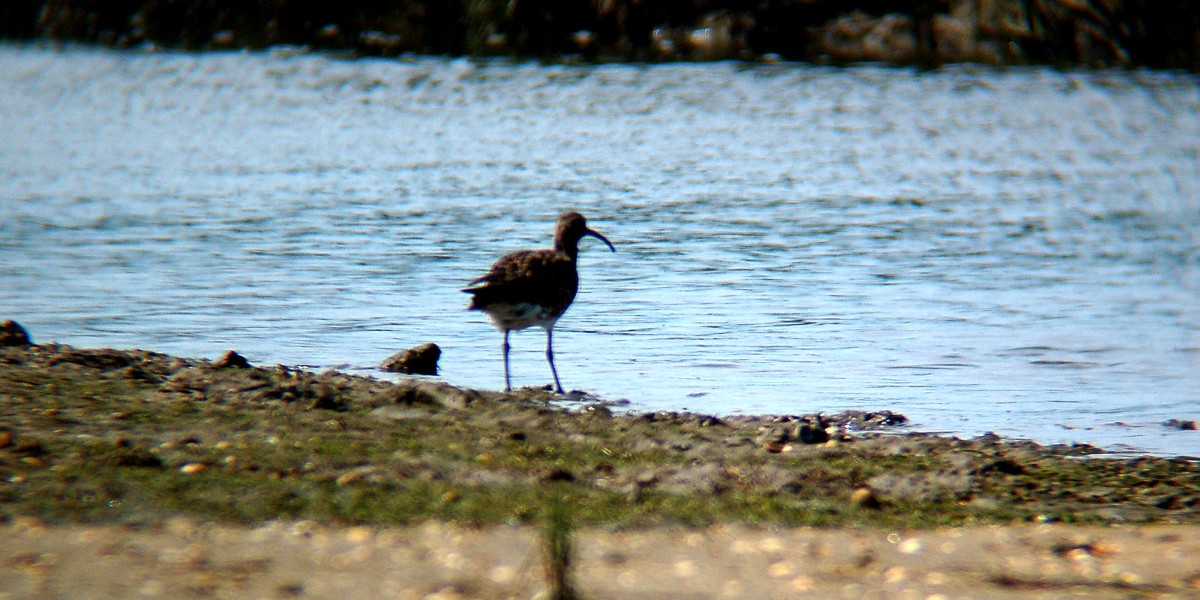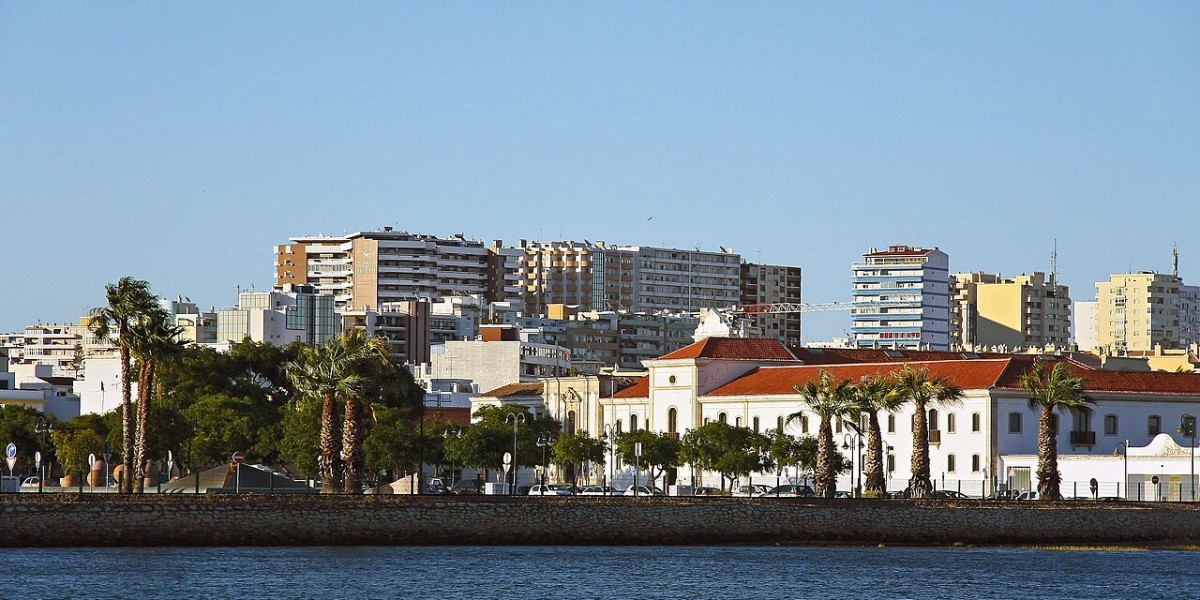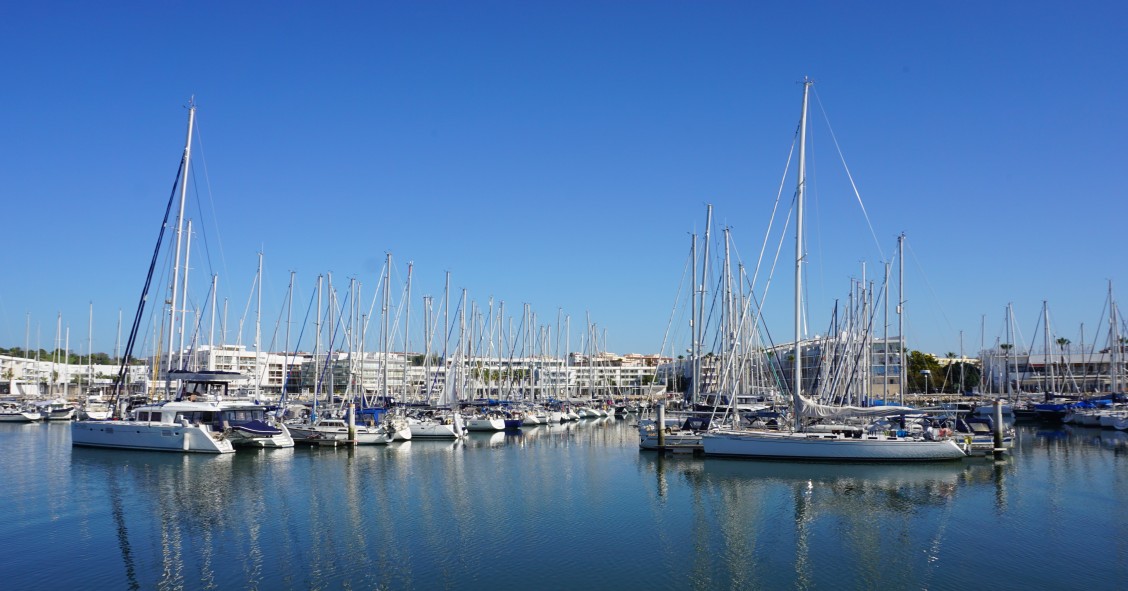
The Ria Formosa Natural Park, located in southern Portugal, is one of the country’s most biodiverse areas. Extending along 60 km of the Algarve coast, between the municipalities of Loulé and Vila Real de Santo António, this unique ecosystem comprises barrier islands, channels, salt marshes, dunes, and coastal lagoons.
Established in 1987, the park protects a wide range of wildlife and plant species, including migratory birds and the rare seahorse, and is an important site for natural habitat conservation. The Ria Formosa is also a hub for traditional economic activities such as fishing, shellfish gathering, and salt production, maintaining a delicate balance between environmental preservation and human life. The park is an ideal destination for nature lovers and eco-tourists; discover all that you can see and do in the Ria Formosa Natural Park.
Where is the Ria Formosa Natural Park?
The Ria Formosa Natural Park is situated in the eastern Algarve, covering an area of approximately 18,000 hectares, including the submerged area across the municipalities of Faro, Loulé, Olhão, Tavira, and Vila Real de Santo António.
It is a labyrinth of islands, sandbanks, lagoons, channels, and salt marshes, which change shape and size with the currents and tides, and is accessible by ferries or tourist boats.
Ria Formosa things to do

In the Ria Formosa Natural Park, you can enjoy various outdoor activities that allow you to explore and appreciate this unique ecosystem. Boat trips are an excellent way to enjoy the diversity of local flora and fauna. You can also opt for walks along well-defined trails and birdwatching. Additionally, secluded beaches accessible only by boat offer a perfect retreat for relaxation.
65 fish species have been identified, divided into sedentary, occasional, and migratory-coloniser categories. Surrounding the park are 6 beaches and a peninsula, some of which are completely deserted, even in the height of summer. Its designation as a natural park means it is protected from the tourist development that has disfigured some parts of the Algarve coast, so there are no seafront hotels.
How to get to Ria Formosa Natural Park
To get to Ria Formosa Natural Park in Portugal, you can follow these general steps:
By Car:
- From Faro: The park is located just east of Faro. You can drive from Faro to the park in about 15-20 minutes. Head east on the N125 and then follow the signs for the park or for the surrounding towns like Olhão.
- From Lisbon: It’s approximately a 2.5-hour drive. Take the A2 motorway south to the A22, then follow signs to Faro and the Ria Formosa Natural Park.
By Train:
- From Lisbon: Take a train from Lisbon’s Gare do Oriente or Santa Apolónia station to Faro. From Faro, you can take a local bus or taxi to the park.
- From Faro: After arriving in Faro, take a local bus or taxi to reach the park.
By Bus:
- From Lisbon or other major cities: There are long-distance buses to Faro. Once in Faro, use local transport or taxis to reach the park.
By Air:
- To Faro Airport: Fly into Faro Airport, which is the closest airport to the park. From the airport, you can take a taxi or bus to the park.
Once you arrive, the Ria Formosa Visitor Centre is a good starting point for exploring and getting information about guided tours and trails.
Ecological Importance

Designated as a Natural Reserve in the 1970s, the Ria Formosa’s protection status was elevated to Natural Park in 1987 due to increased tourist and urban pressure, as well as the need for territorial planning.
This vast mosaic of habitats and their extent allows for the diversification of biological communities. Plants and animals are distributed according to environmental conditions: salinity gradient, proximity to bars, presence of pollution sources, substrate nature, type of vegetation cover, and food resource abundance, among others. The high biological productivity of the Ria Formosa is reflected in all its environments, being especially noticeable in the communities inhabiting the sandy and muddy bottoms of the ria, which can host very abundant populations.
The presence of fish in the ria is significant, with over 140 species recorded. Besides providing shelter and food, the ria also offers protection to juvenile fish, as the presence of predators from the adjacent coast is hindered by the ria's environmental conditions.
Living in Faro

Faro is known for its welcoming atmosphere and the quality of life it offers its residents. The streets of the city centre, with their traditional Portuguese cobblestones, are always lively, filled with cafés, restaurants, and traditional shops. The city is also an important educational hub, home to the University of Algarve, which attracts many national and international students.
The proximity to the Ria Formosa Natural Park is one of the biggest attractions for those choosing to live in Faro. Additionally, Faro is well connected by both road and air, with an international airport that facilitates travel within and outside Portugal.






